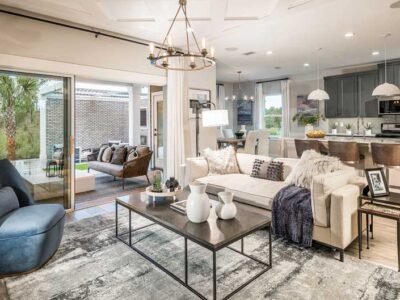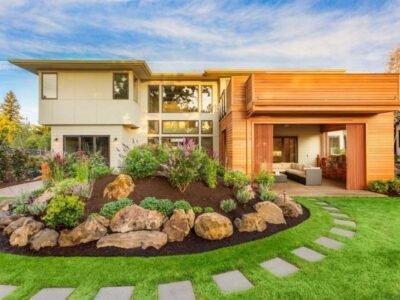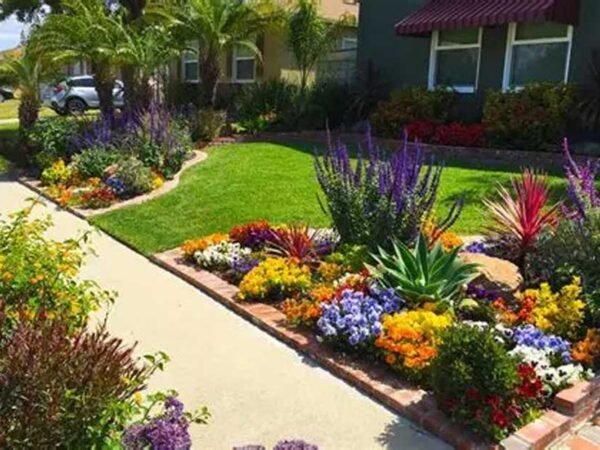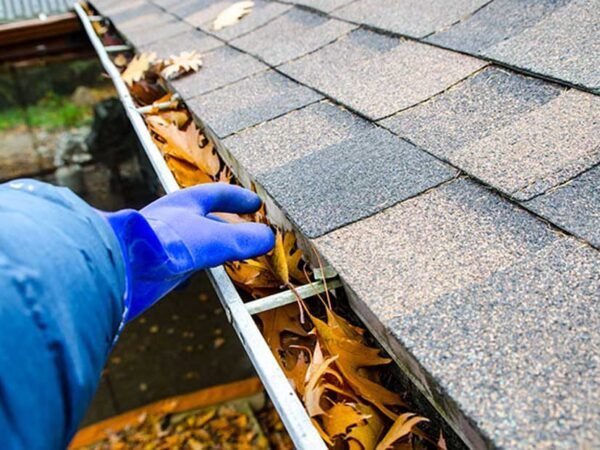
In recent years, sustainable landscaping has evolved from a niche idea into a defining principle of modern outdoor design. As people grow more aware of environmental issues and the need for resource conservation, the way we approach our outdoor spaces is changing. Landscaping is no longer only about creating beauty, but about ensuring that beauty is achieved responsibly.
This growing awareness has inspired homeowners, architects, and city planners to reimagine landscapes as dynamic ecosystems that work with nature instead of against it. The shift toward sustainability is shaping the future of outdoor design, influencing everything from material choices to long-term maintenance strategies.
A New Approach to Outdoor Spaces
Traditional landscaping often relied on resource-heavy practices like large lawns, non-native plants, and chemical fertilizers. While these may have achieved a lush appearance, they came at a cost. Over time, these methods have contributed to soil degradation, water waste, and loss of biodiversity.
Sustainable landscaping takes a completely different approach. It focuses on creating outdoor spaces that are both beautiful and ecologically balanced. This involves using native plants, conserving water, restoring soil health, and integrating natural elements that benefit both people and the planet.
Communities adopting sustainable design are discovering that such landscapes not only look appealing but also provide tangible environmental benefits. The results are outdoor spaces that feel alive, resilient, and capable of adapting to changing conditions.
Key Elements of Sustainable Landscaping
Sustainable design relies on several guiding principles that prioritize ecological health and resource efficiency.
1. Native and Climate-Appropriate Plants
Native plants thrive in their natural environments with minimal care. They require less water, fewer chemicals, and provide habitat for local wildlife. In regions prone to drought or extreme weather, drought-tolerant plants are particularly valuable for maintaining green spaces year-round.
2. Water Efficiency
Water conservation lies at the heart of sustainable landscaping. Techniques like drip irrigation, rainwater harvesting, and permeable pavements help manage water use effectively. Collecting and reusing rainwater not only saves resources but also reduces stormwater runoff and erosion.
3. Soil Health and Composting
Healthy soil is vital for plant growth and environmental stability. Practices such as composting organic waste and avoiding chemical fertilizers help maintain rich, balanced soil. Healthy soil can store carbon, retain moisture, and sustain plant life naturally.
4. Recycled and Locally Sourced Materials
Sustainable landscapes also consider the environmental cost of construction materials. Choosing recycled, reclaimed, or locally produced materials helps reduce emissions from transportation and supports local economies. Natural stone, reclaimed wood, and recycled pavers are all attractive and eco-friendly options.
5. Energy Efficiency and Shade Management
Strategic planting of trees and shrubs can reduce energy consumption by providing shade and natural cooling. This not only improves comfort but also lowers utility costs, making it both an environmentally and economically smart approach.
Beauty That Works with Nature
One of the misconceptions about sustainability is that it limits creativity or aesthetic value. In reality, sustainable design opens new possibilities for beauty rooted in nature’s patterns and textures. These landscapes feel organic, timeless, and deeply connected to their surroundings.
Designers today use native flora, natural stone, and thoughtful layouts to create spaces that feel serene and sophisticated. Rather than relying on constant maintenance and artificial inputs, sustainable landscapes age gracefully and improve over time.
When planning an eco-friendly outdoor space, it helps to research best practices from experts in ARC Design Landscape San Diego, which reflects how design and sustainability can merge seamlessly to produce stunning results. Integrating functionality with ecological awareness allows homeowners and communities to enjoy outdoor areas that are both practical and inspiring.
Economic and Environmental Benefits
Beyond their environmental value, sustainable landscapes make financial sense. Although the initial investment may seem higher, long-term maintenance costs are significantly lower. Water-efficient systems and native plantings reduce utility bills, while durable materials minimize the need for replacements or repairs.
Property values also benefit from eco-conscious design. Homebuyers increasingly seek out energy-efficient, low-maintenance homes and gardens that reflect sustainable living. Many municipalities even offer rebates or incentives for installing water-saving irrigation systems or replacing lawns with native plants.
From an environmental standpoint, the benefits are vast. Sustainable landscapes help restore habitats, support pollinators, and reduce pollution caused by chemical treatments. Collectively, these efforts contribute to a healthier and more balanced ecosystem.
Building Sustainable Communities
When sustainable landscaping principles extend beyond private yards into neighborhoods and public areas, the impact multiplies. Urban green spaces designed with sustainability in mind can mitigate heat island effects, improve air quality, and foster community well-being.
Public parks, schools, and commercial centers that embrace eco-friendly landscaping serve as living examples of environmental responsibility. They help educate residents and visitors about the importance of sustainable choices and inspire further adoption.
Collaborative projects between landscape designers, local governments, and community organizations are driving this transformation. Together, they are redefining what it means to live in balance with nature.
The Future of Outdoor Design
As climate patterns change and natural resources become scarcer, sustainable landscaping will continue to lead outdoor design innovation. The future lies in smart, adaptable systems that use technology and nature in tandem, like intelligent irrigation controlled by weather data or green roofs that filter rainwater and cool urban environments.
Education will also play a key role. As more people understand the environmental and financial benefits of sustainable design, demand will continue to grow. The next generation of outdoor spaces will prioritize harmony, resilience, and long-term value over temporary aesthetics.
Conclusion
Sustainable landscaping represents the evolution of outdoor design into something more meaningful and responsible. It proves that beauty and environmental consciousness can coexist effortlessly when guided by thoughtful planning.
By embracing native plants, conserving water, and designing with nature in mind, we can create outdoor environments that enrich our lives while protecting the planet. As the world continues to shift toward greener solutions, sustainable landscaping will remain the cornerstone of a future where design and sustainability are one and the same.












